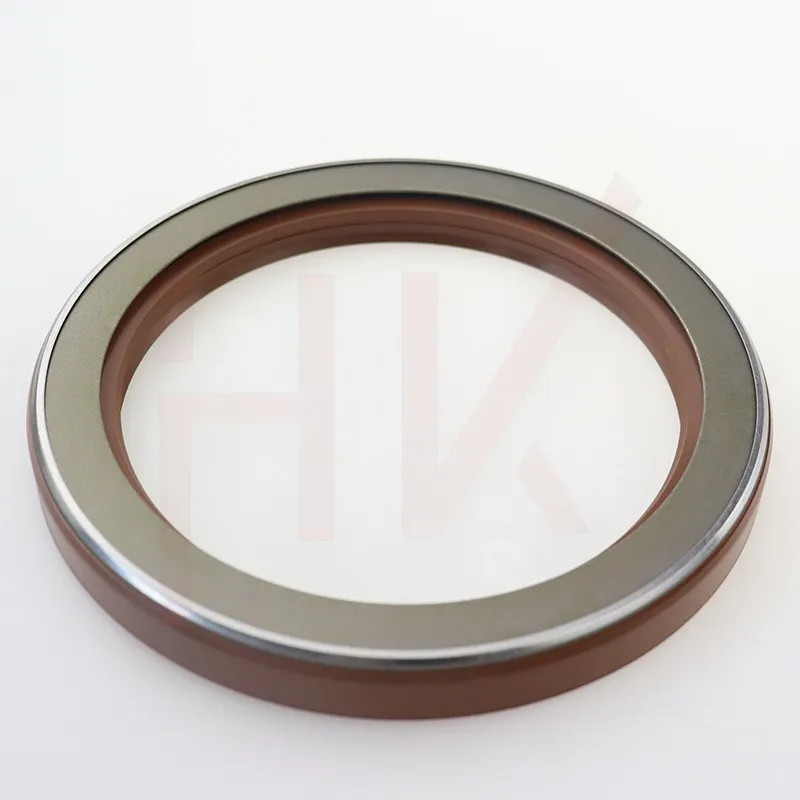Jul . 27, 2024 15:09 Back to list
Steps to Effectively Replace Seals in Hydraulic Cylinders for Optimal Performance and Longevity
Replacing Seals in Hydraulic Cylinders A Comprehensive Guide
Hydraulic cylinders are crucial components in a range of machinery, from manufacturing equipment to automotive applications. They function by converting hydraulic energy into mechanical force, allowing for precise movements and powerful lifting capabilities. However, over time, the seals within these cylinders can wear out, leading to leaks and decreased performance. Understanding how to replace seals in hydraulic cylinders is essential for maintenance and ensuring optimal functionality.
Understanding the Role of Seals
Seals in hydraulic cylinders serve several vital purposes. Primarily, they prevent hydraulic fluid from leaking out of the cylinder, which can lead to efficiency loss and environmental hazards. Additionally, seals help maintain pressure within the cylinder, ensuring that the system operates smoothly. There are typically two types of seals in a hydraulic cylinder rod seals and piston seals. Rod seals are located at the point where the rod exits the cylinder, while piston seals are situated inside the cylinder to seal the piston against the cylinder wall.
Signs That Seals Need Replacing
Before undertaking the replacement process, it’s essential to recognize when seals need to be replaced. Common signs include
1. Hydraulic Fluid Leaks Visible leaks around the cylinder or under the equipment can indicate seal failure. 2. Decreased Performance If the machinery is not responding as it should or if there is a noticeable drop in lifting capacity, it may be due to seal deterioration. 3. Excessive Noise Unusual sounds during operation can also signify that seals are failing and the hydraulic fluid isn’t contained properly.
Tools and Materials Needed
Before diving into the replacement process, gather the necessary tools and materials
- New seal kits (ensure they are compatible with your cylinder) - Hydraulic fluid - O-ring pick or small screwdriver - Clean rags - Torque wrench - Small bucket or container for excess fluid - Safety glasses and gloves
Step-by-Step Process for Replacing Seals
replacing seals hydraulic cylinder

1. Safety First Before starting, ensure that the system is depressurized. Disconnect the hydraulic lines and relieve any pressure to prevent accidents.
2. Remove the Cylinder Detach the hydraulic cylinder from the equipment. This usually involves unbolting it from its mounting and carefully removing any connected hoses.
3. Disassemble the Cylinder Once you have the cylinder detached, carefully disassemble it using the appropriate tools. Take note of the order in which you remove components, as this will help during reassembly.
4. Remove Old Seals Using an O-ring pick or small screwdriver, carefully remove the old seals from their grooves. Be cautious not to damage the cylinder or piston surfaces during this step.
5. Clean the Surfaces Before installing new seals, thoroughly clean all surfaces. Remove any old gasket material or debris. Use clean rags and ensure that no contaminants remain.
6. Install New Seals Carefully place the new seals into their appropriate grooves. Make sure they are seated correctly and evenly to avoid leaks.
7. Reassemble the Cylinder Follow the disassembly steps in reverse to reassemble the cylinder. Pay close attention to torque specifications to ensure all bolts are tightened properly.
8. Reconnect and Test Once reassembled, reconnect the hydraulic lines and reattach the cylinder to the equipment. Refill with hydraulic fluid if necessary and perform a test run to check for leaks and ensure proper operation.
Conclusion
Replacing seals in hydraulic cylinders is a critical maintenance task that can extend the life of the machinery and enhance its performance. By recognizing the signs of seal wear, gathering the right tools, and following a detailed process, operators can undertake this task with confidence. Regular maintenance and timely seal replacement not only save costs but also enhance the overall efficiency of hydraulic systems.
-
TCN Oil Seal Metal Ring Reinforcement for Heavy Machinery
NewsJul.25,2025
-
Rotary Lip Seal Spring-Loaded Design for High-Speed Applications
NewsJul.25,2025
-
Hydraulic Cylinder Seals Polyurethane Material for High-Impact Jobs
NewsJul.25,2025
-
High Pressure Oil Seal Polyurethane Coating Wear Resistance
NewsJul.25,2025
-
Dust Proof Seal Double Lip Design for Construction Equipment
NewsJul.25,2025
-
Hub Seal Polyurethane Wear Resistance in Agricultural Vehicles
NewsJul.25,2025
-
The Trans-formative Journey of Wheel Hub Oil Seals
NewsJun.06,2025
Products categories
















